Infrastructure
Heavy Plates Manufacturing
Our Hazira manufacturing complex houses India's widest modern steel plate mill, producing 5-meter-wide plates with a capacity of 1.5
MTPA. This plate mill is equipped with hydraulic automatic gauge control and an online X ray thickness gauge which produce value-added
plates with tight dimension tolerance for specialized applications, all in accordance with international standards.
Our ultra-modern plate mill has level 2 automation, flatness and profile control models that can produce steel plates with tight dimension
tolerance. Full body ultrasonic testing ensures that quality is maintained for optimal performance under extreme conditions.
The heavy plates are rolled in thickness ranging between 6 mm and 150 mm, with a maximum width of 4,900 mm and maximum length of
25,000 mm. The maximum unit plate weight is 17 MT. The plates are catered to various application segments including structural line pipe,
boilers and pressure vessels, windmill, yellow goods, ship building and defense.
Capacity
1.5MPTA
Thickness
1100-4900mm
Width
6-150mm
Length
Upto
25000mm
Manufacturing Process Flow
Plate Mill Process
Hot Rolling Process
Finishing and
inspection process
Heat treatment process

Supply Conditions for Heavy Steel Plates
Conventional Hot Rolled
The heavy steel plate fabrication process involves several steps and processes, and conventional hot rolling helps the steel attain the properties that we look for in the final product. In this process, the steel slabs are re-heated by subjecting them to a temperature range of 1100-1250 degrees centigrade. This helps us form the steel slabs into different sizes, following which they are cooled off in still air. The final outcome is available in the market in an “as rolled” configuration. Some common grades of hot rolled steel from our heavy duty steel plate fabrication process are IS 2062 E 250 and E 275.
Normalized Rolling (NR)
The Finish Rolling Temperature, or FRT, is close to the normalizing temperature at 900- 950 degrees centigrade. This is then followed by air cooling of the steel. As a leading steel plate manufacturer in India, we ensure that the various steps of the process are meticulously carried out.
This is a process that can help the steel display consistent mechanical properties across the cross-section of the plate. This step of the steel plate manufacturing process is essential for thinner and mid-thicker plates of <30mm.
Thermo-Mechanical Controlled Processing (TMCP)
During air cooling, the steel develops fine ferrite grains that impart moderate strength to the steel. Thermo mechanical rolling with accelerated cooling helps the plates to attain greater strength in thicker plates. As opposed to air cooling, accelerated cooling is beneficial for certain kinds of specialized plates as this helps the steel attain very high strength and low-temperature toughness levels.
Furnace normalizing
This is a process that involves heating and soaking the steel 30-40 degrees above the upper critical temperature of 860 degrees in a furnace, post which it is cooled in still air. During the normalizing process, the ferrite and pearlite present turns into austenite. When cooled in still air by a steel plate manufacturer in India, finer ferrite and pearlite are formed, something that helps the steel attain greater toughness. During the steel plate manufacturing process, the plates that have undergone this treatment are specifically denoted as +N.
Quench and Tempering
The heavy steel plate fabrication process involves quenching and tempering, consisting of heating the rolled plates by 30-40 degrees above the upper Critical temperature. Due to the rapid rate of cooling by water spray quenching, the steel is converted from austenite to martensite phase. The quenched steel is extremely hard and brittle, and that is where the tempering process comes into play.
Tempering involves heating the steel to 200-750 degrees and holding it there consistently for sufficient soaking. Once done, the steel is air-cooled back to the normal outside temperature. Tempering in heavy duty steel plate manufacturing brings down the absolute hardness of the steel. This helps restore the property of ductility in the steel while making it suitably tough for the intended application as well. Due to tempering during heavy steel plate fabrication, the internal stresses that were present in the steel are relieved as well. This enables the steel to be used for a wide variety of real-life applications.


